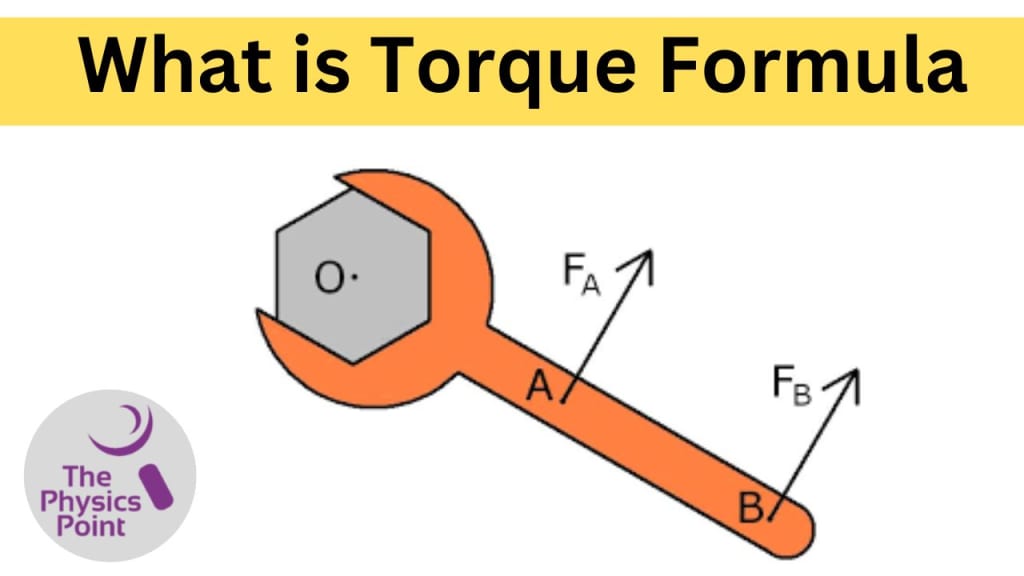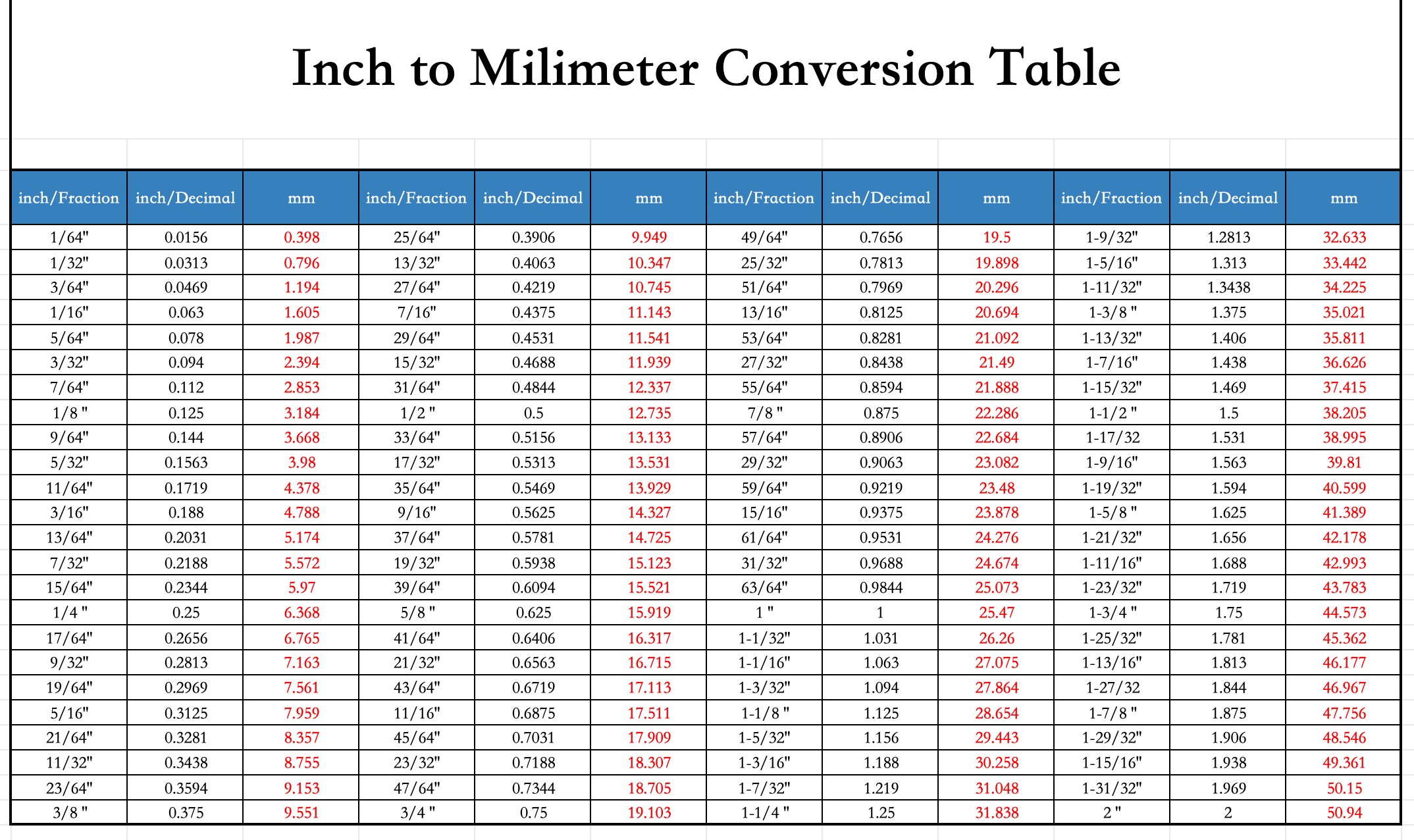When dealing with tools, machinery, or mechanical systems, torque is a concept you can’t afford to ignore. It’s not just a term engineers toss around—it directly affects how machines function, how tools perform, and how repairs succeed. In this guide, UF-TOOLS explains torque in simple terms and shows how it impacts your work with screwdrivers, wrenches, and power tools.
Torque Definition: The Basics
扭矩 is a measure of rotational force. It describes how a force causes an object to rotate around an axis. This axis is often called the pivot point.
The formula for torque is:
τ = r × F = r * F * sin(θ)
- r: distance (moment arm) from the pivot to where the force is applied
- F: force applied
- θ: angle between the force vector and the arm
The farther away you apply the force from the pivot, the more torque you generate. This is why opening a door is easier when you push far from the hinge.
Right-Hand Rule: Determining Torque Direction
To determine the direction of torque, engineers use the right-hand rule:
- Point your fingers in the direction of the radius (r)
- Curl them toward the direction of the force (F)
- Your thumb points in the direction of the torque
This rule helps visualize whether torque will rotate an object clockwise or counterclockwise.
Why Moment Arm Matters
If you apply a force close to the pivot, the torque is small—even if the force is strong. That’s why it’s hard to open a door from the side near the hinges.
Also important: If force is applied exactly at the pivot point, torque is zero. There’s no moment arm, so no rotation is created.
Only the Tangential Force Affects Torque
Every force has two components:
- Tangential (perpendicular) to the radius → contributes to torque
- Radial (parallel) to the radius → does not affect torque
This is why direction matters: only the tangential component of force causes rotation.
Multiple Forces, Net Torque, and Equilibrium
When more than one force acts on an object, each generates its own torque. The net torque is the sum of all individual torques.
When the net torque is zero, the object is in rotational equilibrium—it won’t spin faster or slower. This is similar to Newton’s laws for linear motion.
Torque Units: N·m, Not Joules
Torque is measured in Newton-meters (N·m). While 1 N·m is mathematically equivalent to 1 Joule (energy unit), torque is a vector (it has direction), while energy is a scalar (no direction).
That’s why we never say “Joules of torque.” We say Newton-meters.
Why Torque Matters for Tools
At UF-TOOLS, torque is central to the design of our electric screwdrivers, precision hand tools, torque-controlled drivers. When repairing phones, computers, or appliances, the right torque prevents stripped screws, damage, and over-tightening.
Many of our screwdrivers come with adjustable torque settings—perfect for technicians who work on delicate electronics or high-torque industrial repairs.
Conclusion: Torque in Everyday Repairs
From opening a jar to repairing a drone, torque shows up in every repair job. Understanding how force, distance, and angle interact helps you choose the right tool for the job—and use it correctly.
Whether you’re tightening screws, rotating gears, or installing parts, knowing about torque improves efficiency, safety, professionalism.
Explore UF-TOOLS Torque-Controlled Products
Want to learn more or upgrade your repair toolkit? Explore our full lineup of torque-sensitive electric screwdrivers and precision toolsets at:
Looking for bulk pricing or wholesale opportunities?
📩 Contact us: [email protected]





